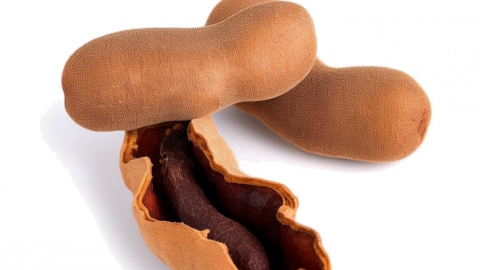Can I eat tamarind after eating seafood?
Generally speaking, it is not recommended to consume tamarind immediately or in large quantities after eating seafood. The detailed explanation is as follows:

Seafood contains high levels of protein, and its digestion naturally places a burden on the gastrointestinal tract. Tamarind contains organic acids such as citric acid and tartaric acid, which may irritate the gastric mucosa and lead to abnormal gastric acid secretion when consumed in excessive amounts. Consuming large quantities of both seafood and tamarind simultaneously may cause indigestion, resulting in symptoms such as abdominal distension, abdominal pain, and nausea. Seafood also contains trace amounts of nitrite, and the fruit acid in tamarind may combine with nitrite in the stomach, delaying gastric emptying and exacerbating gastrointestinal discomfort, potentially causing symptoms such as bloating and belching.
There is also a potential risk of poisoning: certain types of seafood may contain trace amounts of arsenic, while tamarind contains reducing substances such as vitamin C. When consumed together in large quantities, these substances may promote the conversion of arsenic into trivalent arsenic (a more toxic form). Although poisoning would require an extremely large intake, long-term low-dose accumulation should still be a concern. In addition to tamarind, seafood should not be consumed with fruits high in tannic acid, foods high in vitamin C, cold beverages, tea, or alcoholic drinks. These combinations may lead to problems such as gastric stone formation, elevated uric acid levels, and protein coagulation, further harming health.
To ensure your well-being, it is important to pay attention to your individual constitution and food safety when enjoying meals. If you experience discomfort after eating seafood, avoid consuming tamarind or other potentially irritating foods immediately until symptoms subside. If necessary, consult a doctor or nutrition specialist for personalized dietary advice.











